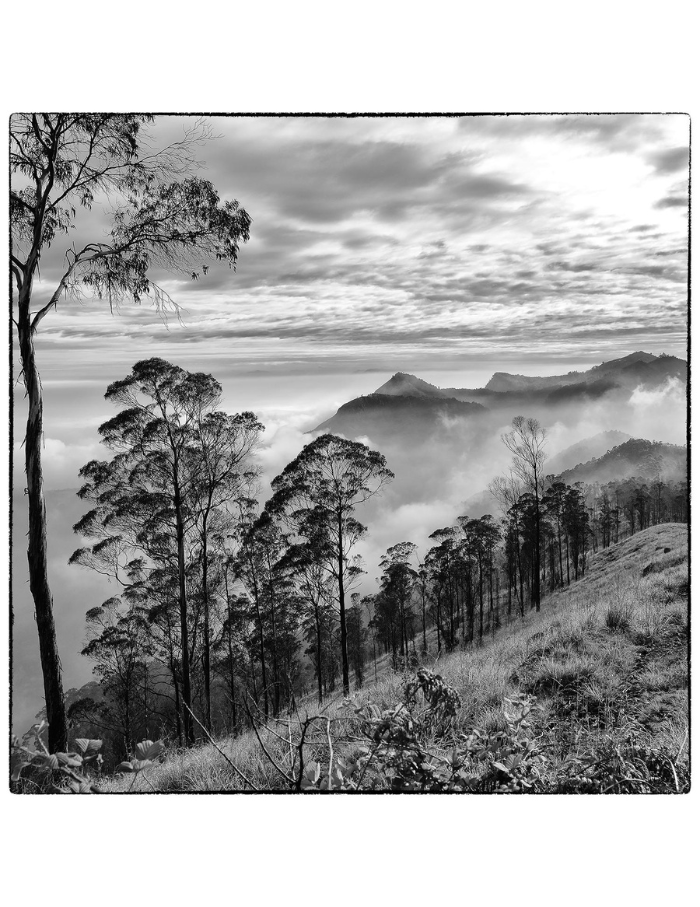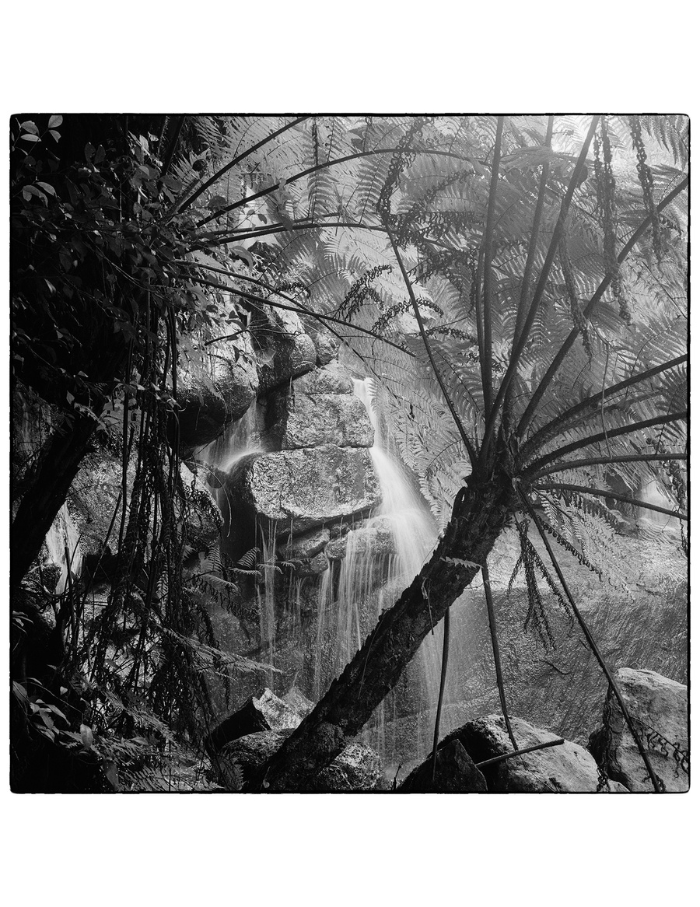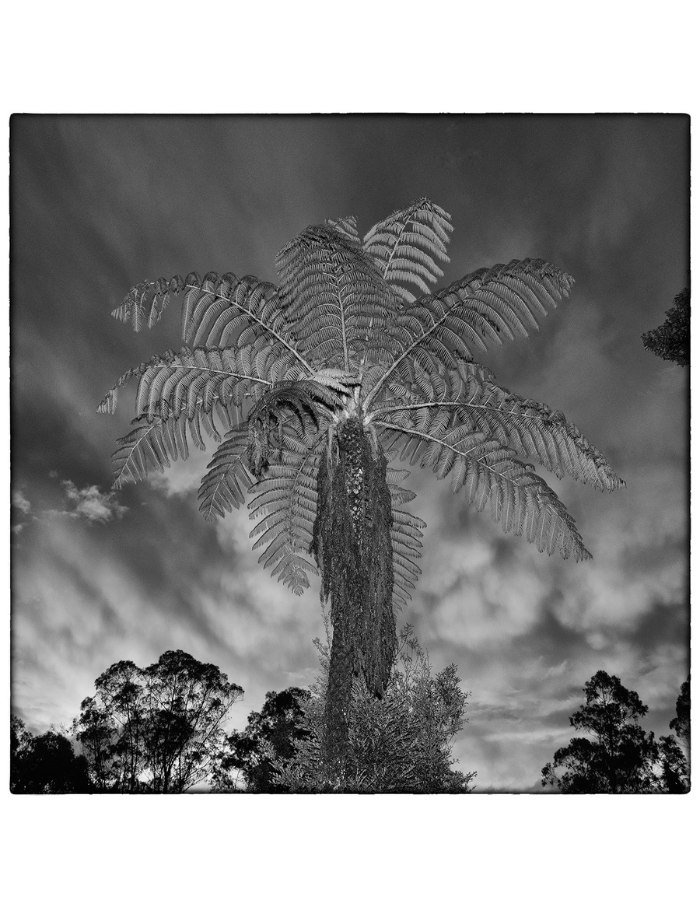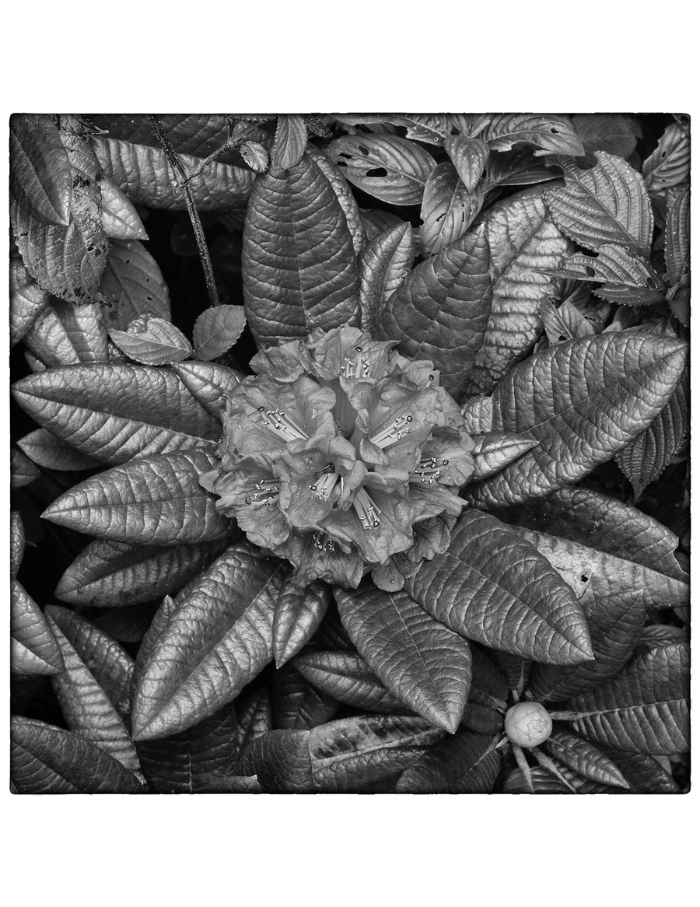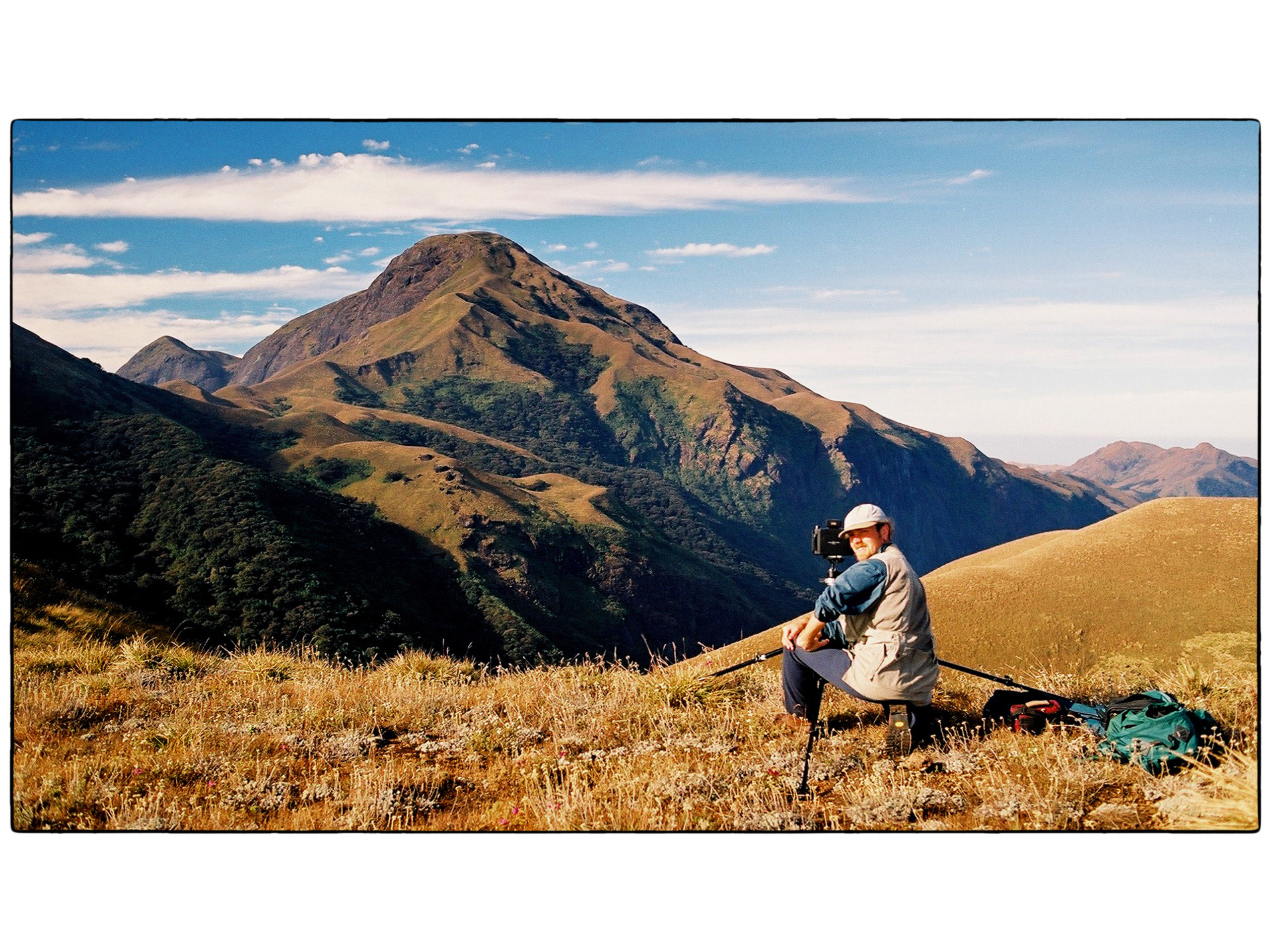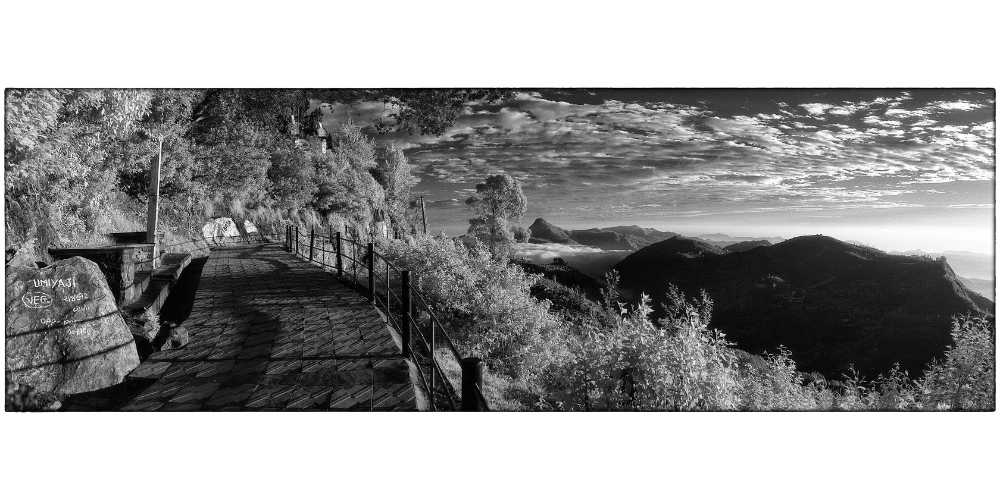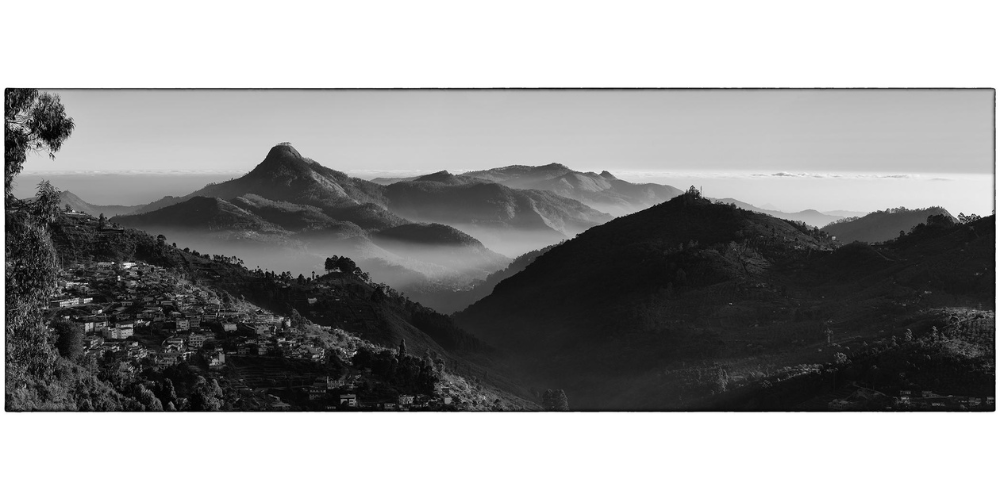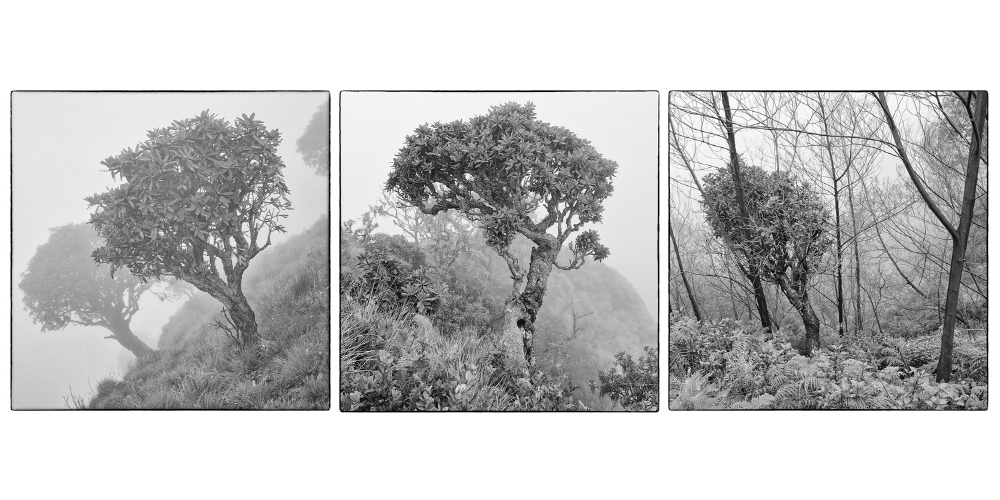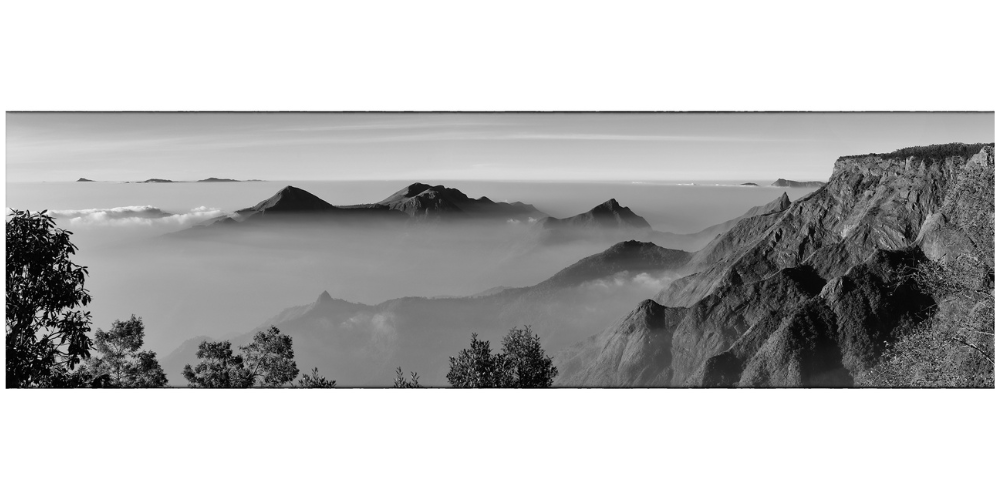If you think keenly enough, photographs are portals to a world, where the vocabulary of our universal languages doesn’t exist. And with black and white imageries on the moodboard, photographs sans colour reignite a gentle but an almost searing moment of awareness that lingers in the memory long after one has experienced it. Cue, Sky Islands Exhibition: An Endangered Indian Landscape’ — an intuitive black and white photo series that is a thought-stirring consequence of photographer Ian Lockwood’s relationship with the temper of nature, the city life and everything in between!
In an exclusive conversation with ELLE DECOR India, Ian, who’s also a writer and an educator, tells us, “My parents brought me to live in Mysore when I was a few weeks old in 1970. Many decades have now passed and I’ve been in close orbit to Mother India, if not in her embrace for much of this time.” But how does he describe his relationship with India and its landscapes? He muses, “When I think of the idea of India, I’m reminded of the ancient parable of the blind men and an elephant. A group of people, who are all visually impaired must depend on their other senses to understand the world. Each of them reaches out to touch this strange, mysterious creature. Each has a valid understanding of what they experience but it is different from the others. Yet, they’re all experiencing the same creature.”
As Ian informs, for several decades, he has developed prowess in presenting black and white landscape visions of the Western Ghats. Thus, The Sky Islands Exhibition becomes a defining aspect of his works. Scroll below to dive into the photographs…
View Sky Island Exhibition: An Endangered Landscape, in aid of Kodaikanal International School’s Center for Environment and Humanity (KIS CEH) at The Dilip Piramal Photography Gallery inside National Centre for the Performing Arts (NCPA) in Mumbai from November 23rd to December 3rd, 2023.
Now read: Art Beyond the Frame: DAG’s ‘City as a Museum’ Celebrates the Contextual Essence of Art in Kolkata
